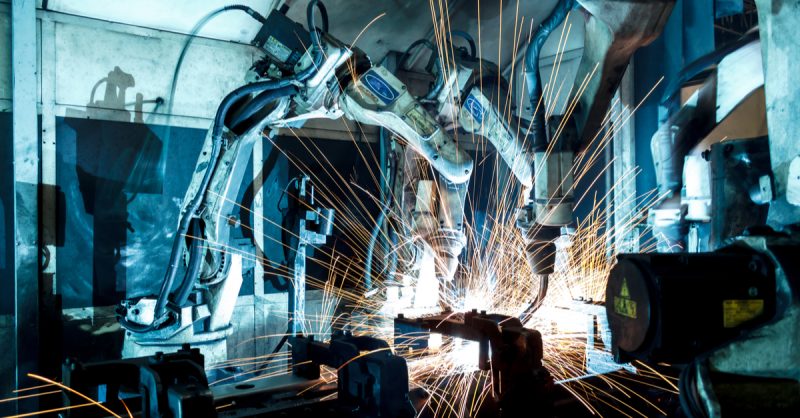Estimated reading time: 2 minutes
Manufacturing is an industry focused solely on improving the performance and efficiency of operations. This has been the case for as long as people have been working to produce things in an organized fashion. With manufacturers facing greater costs, pressure and competition than ever before. It’s important that attention to detail is recognized in any situation and improvements be highlighted. Those who work within the Manufacturing industry are constantly testing new ideas to boost quality, improve cycle times and reduce production costs. 
The move towards smart factory floors and data driven workflows has hastened in the dawn of Industry 4.0. With this, there’s an opportunity to achieve a step-up climb towards bettering operational environments. A larger collaboration with IT/ISVs and the Operations team is recommended to help keep communication all on the same level. That being said, connecting manufacturing assets to the Industry 4.0 is impactful.
Get Smart
Smart manufacturing floors are prospering and gaining traction all over the globe. Through data & analytics, automation, and cloud technology, these aspects are found working hand in hand to make production processes more efficient, agile and responsive.
Data & Analytics on the Job
 Predictive Maintenance is widely known as a key takeaway feature within smart factories and data driven workplaces. This tactic relies heavily on analyzing data produced by industrial machinery. One will find vital signs throughout the process, that can assist employees in noticing machine asset failures.
Predictive Maintenance is widely known as a key takeaway feature within smart factories and data driven workplaces. This tactic relies heavily on analyzing data produced by industrial machinery. One will find vital signs throughout the process, that can assist employees in noticing machine asset failures.
Predictive Maintenance used to be a trying manual process, where workers had to rely on human data scientists to track data and notice changes. Now, however, IoT sensors have come into the equation, through working with smart machines to record their own vital statistics. Sensors can collect large amounts of information from these production environments.
The Automation of it All
Going forward, workers are automating the analysis of machine data for predictive maintenance purposes. This is vital software that could benefit end-users in simplifying their workflow, while also learning characteristics of these monitored automated assets.
What’s Next?
Leveraging data and analytics within the field can bring a lot of returns to the table. From forecasting and predicting new customers and trends with big data and machine learning to noticing ticks in production, and resolving them as needed, there is a seat for data. The use of analytics can take a weight off manufacturers and handle all of the ‘heavy lifting.’ The sky is the limit for data within the Manufacturing industry, and it will be interesting to see where the next decade or so takes this trend. What are your thoughts on automated data & analytics?

